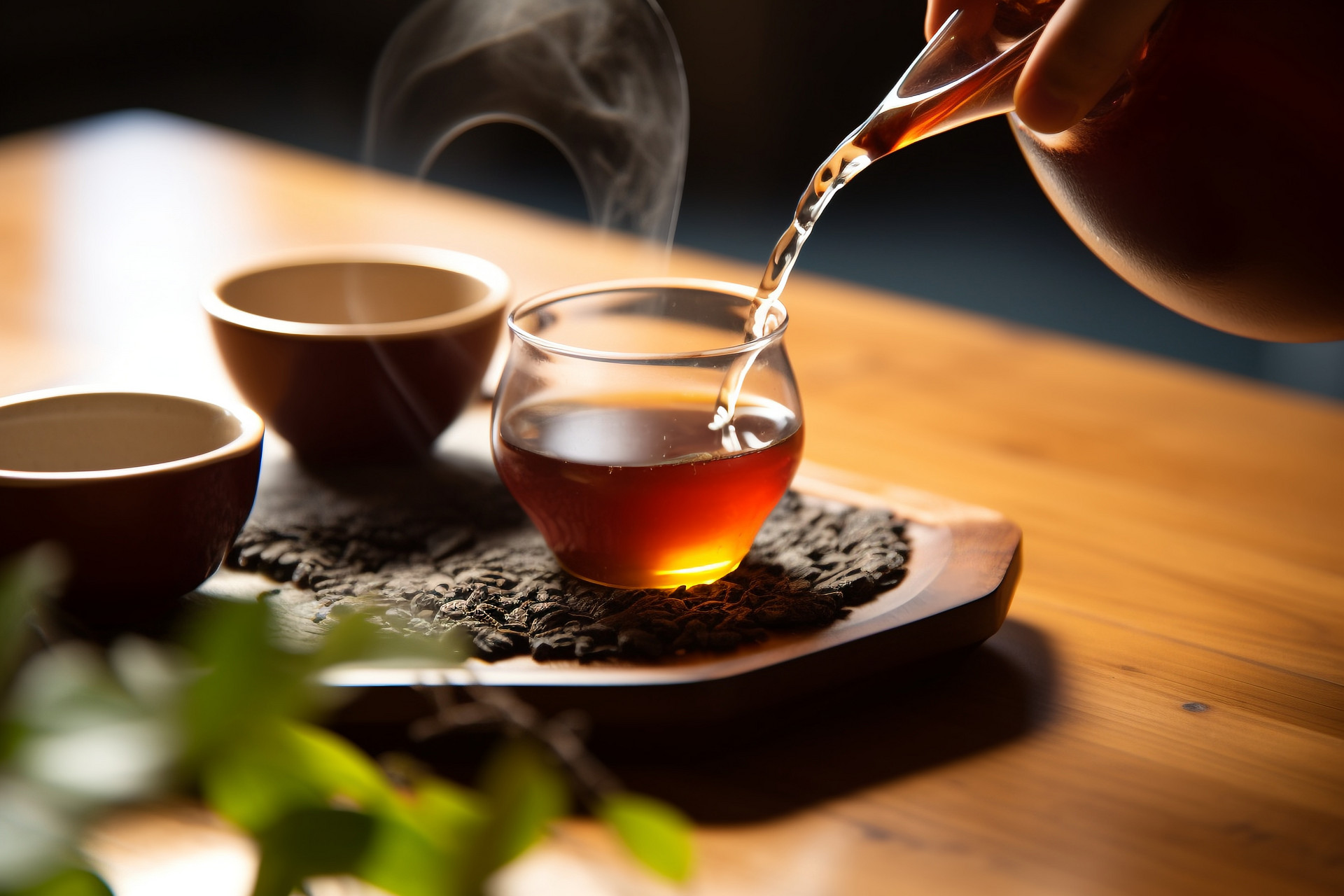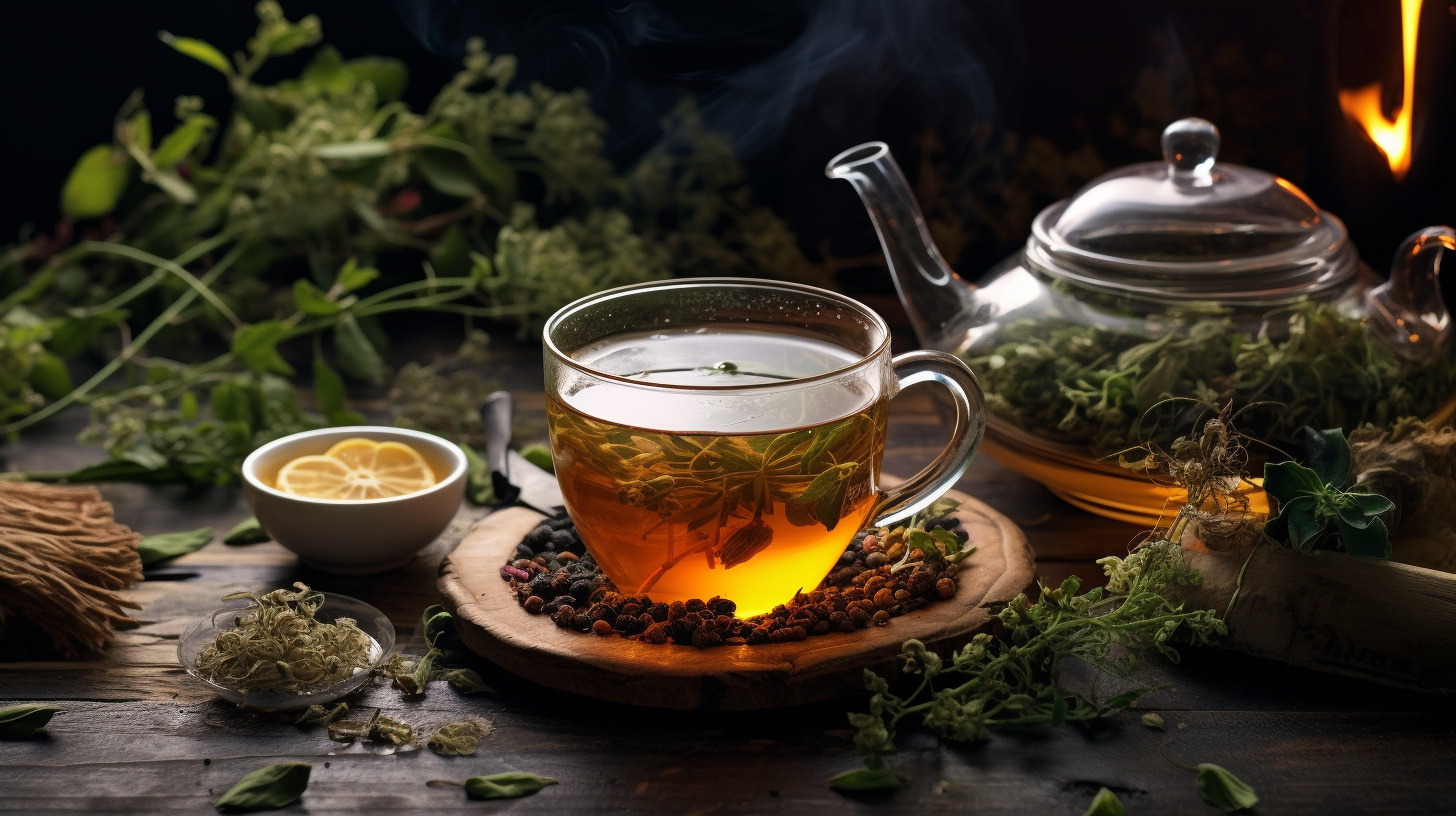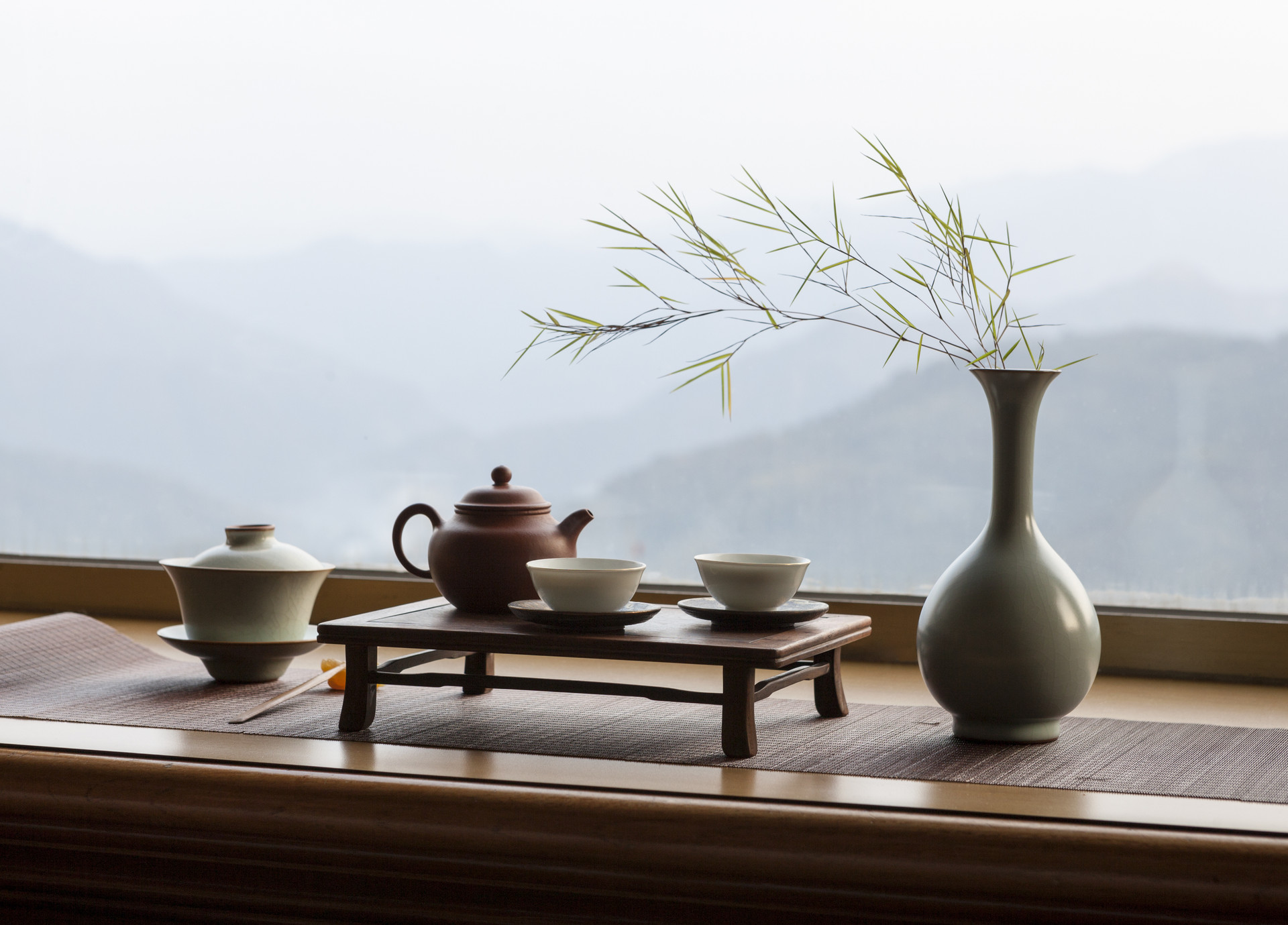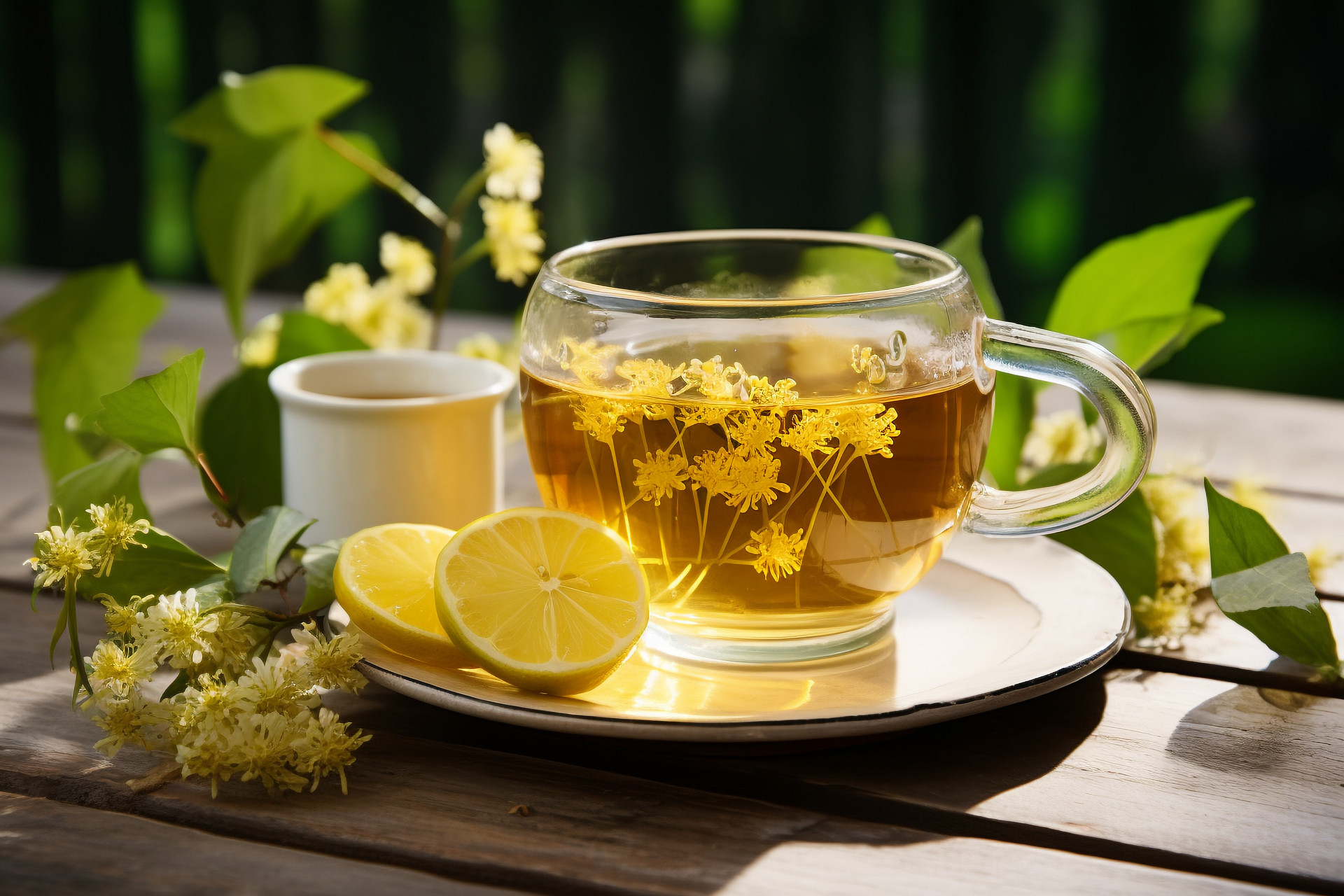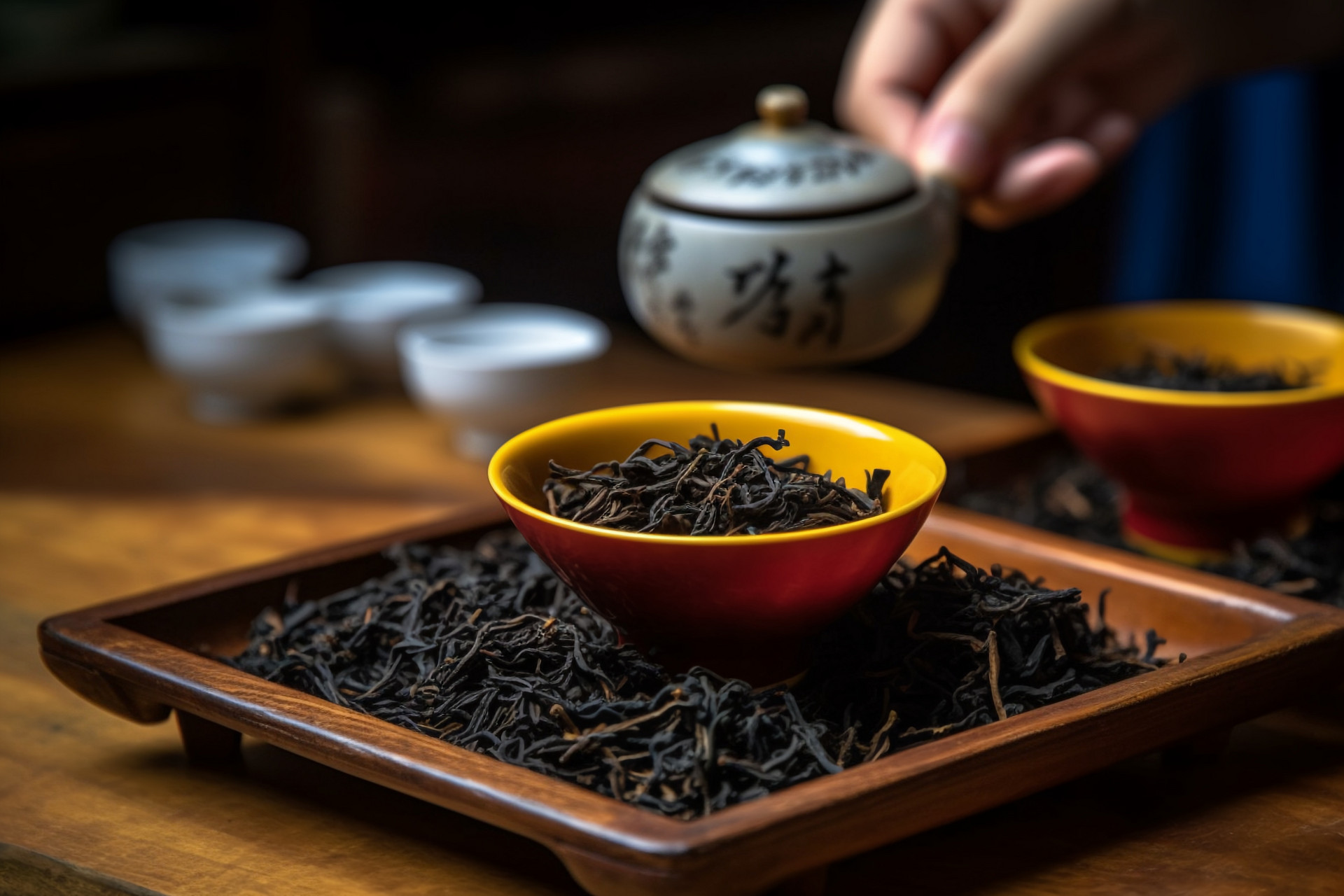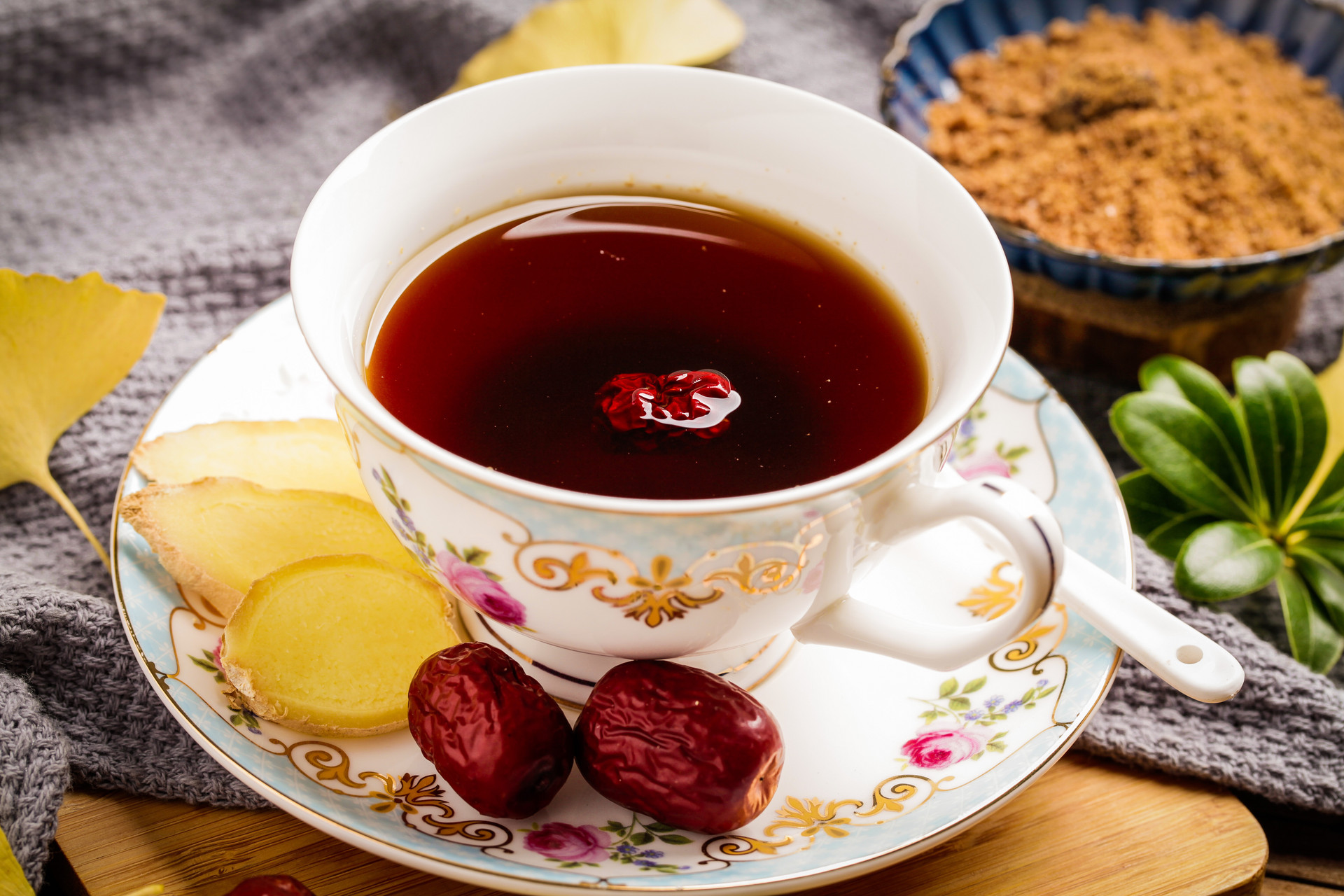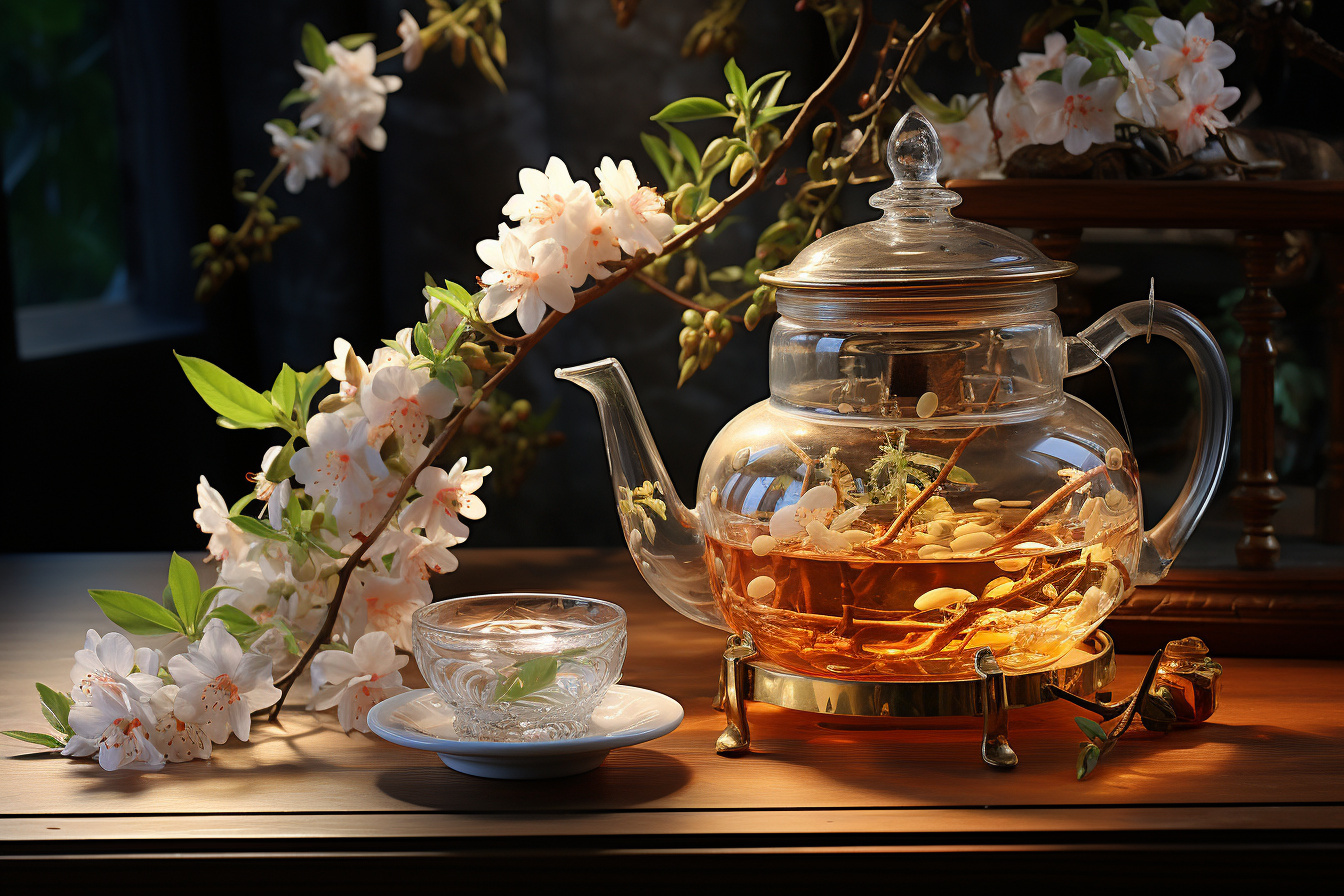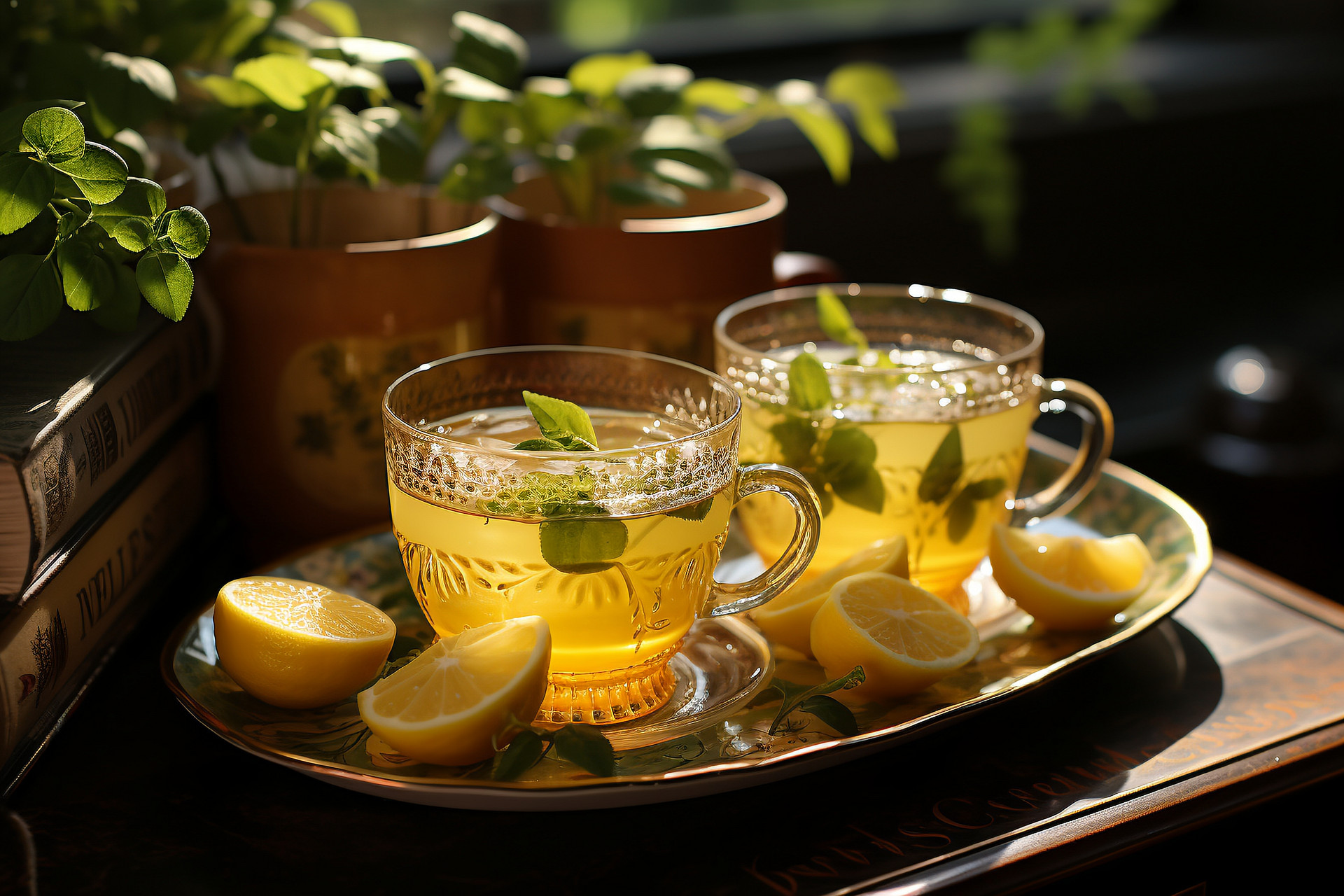What is yellow tea? China has many different types of tea, each with its own benefits. So what is yellow tea? What are the benefits of yellow tea? Let's find out.
Yellow tea is one of the unique types of tea in China. Since the Tang Dynasty, the Mong Ding Huang Ya has been listed as a tribute tea and has been produced throughout the generations. The quality characteristic of yellow tea is the "yellow leaves and yellow soup". Yueyang in Hunan Province is known as the hometown of yellow tea. Yellow tea is a non-fermented tea, and its processing method is similar to green tea, but it has an additional step called "Meng Huang" or "steaming yellow". The process includes fresh leaves, fixation, rolling, steaming yellow (either after fixation or during the drying process), and drying.
Steaming yellow destroys chlorophyll and causes the tea leaves to turn yellow or green. This process also increases the free amino acids and volatile substances in the tea leaves, resulting in a sweet and mellow taste, rich aroma, and apricot yellow or light yellow soup color. Due to lack of recognition, many yellow tea producers have switched to producing green tea. However, high-quality yellow tea has its own unique flavor.
Benefits and Effects of Yellow Tea
1. Yellow tea is helpful for digestion. During the fermentation process, yellow tea produces a large amount of digestive enzymes, which is beneficial for the spleen and stomach. It can be consumed to relieve indigestion, poor appetite, laziness, and obesity.
2. Nano yellow tea can better bring out the functions of yellow tea. Nano yellow tea can penetrate into fat cells and restore their metabolic function under the action of digestive enzymes, thereby eliminating fat.
3. The roots of yellow tea are used for massaging specific acupoints, which enhances the magnetic field and has a regulating effect, increasing fat metabolism.
4. Yellow tea is rich in tea polyphenols, amino acids, soluble sugars, vitamins, and other nutrients, which have a significant effect on preventing and treating esophageal cancer.
5. In addition, yellow tea retains over 85% of natural substances, which have special effects in preventing cancer, fighting against cancer, killing bacteria, and reducing inflammation, surpassing other types of tea.
Yellow Tea Classification
1. Sichuan Mong Ding Huang Ya
Produced in Mengshan County, Mingshan City, Sichuan Province. The history of tea production in Mengshan is very long, and Mong Ding tea has been a famous tribute tea from the Tang Dynasty to the Ming and Qing Dynasties. There are many tea houses and tea plantations hanging couplets that say "Water from the Yangtze River, tea from Mengshan". The production of Mong Ding yellow tea begins around the time of the spring equinox. The process includes selecting plump buds, fixation, wrapping, and frying.
2. Huang Xiaocha
Made from tender buds and leaves. Includes "Beigang Maojian" from Yueyang, Hunan Province, "Weishan White Maojian" from Ningxiang, Hunan Province, "Yuan'an Luyuan" from Yuan'an, Hubei Province, "Huizhou Huang Xiaocha" from Anhui Province, and "Pingyang Huang Tang" from Wenzhou and Pingyang, Zhejiang Province.
3. Anhui's West Anhui Yellow Big Tea
Produced in Huoshan, Jinzhai, Da'an, and Yuexi in Anhui Province. The best quality is produced in Dahua Ping, Manshui River, and Yanzi River in Jinzhai County. The dry tea has a natural golden color, high aroma, strong taste, and good infusion ability.
4. Guangdong's Da Ye Qing
A specialty of Guangdong. The tea is withered, then fixed, rolled, and fermented. This is different from other types of yellow tea. The product shares the general characteristics of yellow tea. It is produced in Shaoguan, Zhaoqing, Zhanjiang, and other counties and cities in Guangdong Province. The characteristics of Da Ye Qing are plump and tightly rolled leaves, uniformity in maturity, complete leaves with visible hairs, green and yellow color, pure aroma, strong and mellow taste with a sweet aftertaste, bright orange-yellow soup color, and light yellow leaf base. The product is graded from 1 to 5.


![[The Risks of Eating Hawthorn During Pregnancy]](https://tcmmaintenance.com/uploads/20240715/97742b67f97f94c495ae1389337c5c41.jpg)
